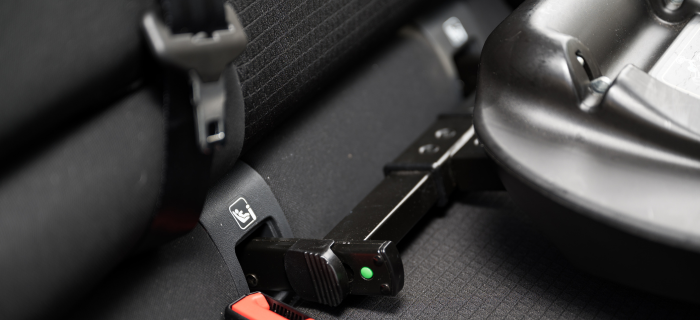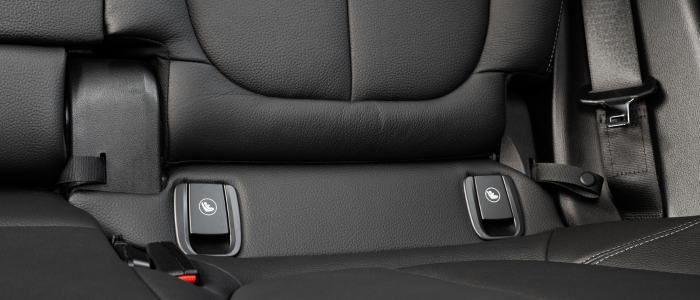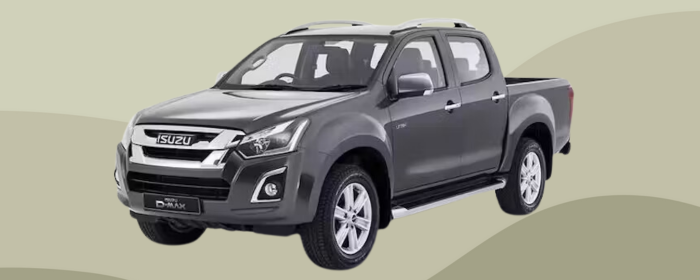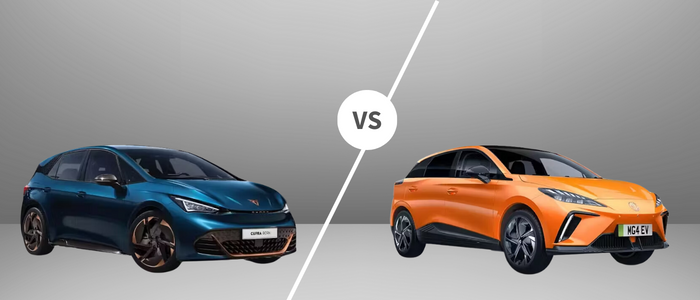
What is ISOFIX?
In today's fast-paced world, the safety of our loved ones, especially our children, is paramount. The simple act of driving, a routine part of many lives, can become a source of worry for parents and caregivers when it comes to ensuring the safety of young passengers. Fortunately, technology has advanced to address this concern, with one of the most significant innovations being ISOFIX.
Child car seat safety has evolved dramatically over the years, and the introduction of the ISOFIX system has revolutionised the way we secure our little ones during car journeys. In this article, we embark on a journey of understanding and demystifying ISOFIX in cars. Our goal is to shed light on what ISOFIX is, how it works, and, most importantly, why it matters for child car seat safety.
Understanding Child Car Seat Safety
Child car seat safety is a matter of paramount importance for parents and caregivers. Every time you buckle up your child in a car seat, you are making a critical decision that can significantly impact their well-being in the unfortunate event of an accident.
Sadly, road traffic accidents stand as a prominent contributor to child fatalities and severe injuries in the UK. However, the installation of a suitable child car seat, when done correctly, significantly diminishes the chances of injury or fatality for children in these circumstances. In many countries, including the UK, the use of child car seats is not only strongly advised but also legally required. Non-compliance with these regulations may lead to fines and penalties.
Knowing that your child is securely fastened in a car seat designed for their age and size offers peace of mind during journeys. Also, proper child car seat usage can prevent injuries that may have long-term effects on a child's health and development. Many child casualties in road accidents are preventable with the correct use of child car seats.
What is ISOFIX and how does it work?
ISOFIX is a standardised system designed to simplify and enhance the installation of child car seats in vehicles. This innovative technology is a game-changer in child car seat safety, as it offers a secure and straightforward method for attaching car seats to a car's structure, reducing the risk of installation errors.
ISOFIX consists of two primary components: lower anchors and top tethers. Lower anchors are metal bars or connectors built into the creases of the vehicle's rear seat, typically where the seatback and seat cushion meet. The lower anchors serve as attachment points for the child car seat. They are designed to be easily accessible and are usually marked with an ISOFIX symbol to indicate their location.
The top tether is a strap that connects to the upper backrest of the child car seat. It extends over the back of the vehicle seat and attaches to an anchor point, often located on the rear shelf or the vehicle's floor. The top tether prevents the car seat from tipping forward during a collision, offering additional stability and safety. When the ISOFIX system is properly installed, there should be minimal to no movement of the car seat.
Is ISOFIX safer than a seatbelt?
ISOFIX unquestionably holds an edge over using a seatbelt when it comes to securing child car seats, primarily for two compelling reasons. Firstly, the potential for a seatbelt to be improperly threaded through or around the securing points on a child seat poses a notable safety concern. ISOFIX in cars dramatically mitigates this risk by simplifying the installation process. Secondly, the absence of slack in a seatbelt used to secure the child seat to the car is a key advantage offered by ISOFIX. In the event of a collision, this absence of slack translates to a more stable and secure child seat. With ISOFIX, the child car seat becomes an integral part of the vehicle's structure, reducing the risk of injury to the child due to unexpected movements during a crash.
In conclusion, both ISOFIX and seatbelts are intended to provide safety for child car seats, and the effectiveness relies on proper usage. It's important to thoroughly read and adhere to the instructions provided by both the vehicle and car seat manufacturers.

Does my car have ISOFIX points?
In the UK, the incorporation of ISOFIX has been mandated in all new cars since 2014, highlighting its pivotal role in ensuring child safety during car journeys. However, even in older vehicles, you may find the presence of ISOFIX points.
To identify the ISOFIX points in your car, there are a couple of straightforward methods. First and foremost, consulting your vehicle's owner's handbook is a reliable approach. Manufacturers often provide detailed information on the location and specifications of ISOFIX anchor points in this essential guide. Alternatively, you can physically inspect the rear seats of your car for the distinctive ISOFIX logo or label. Typically positioned at the base of the rear seats, this recognisable label serves as a visual indicator of the presence of ISOFIX anchor points. By familiarising yourself with the ISOFIX points in your car, you can ensure the proper installation of ISOFIX-compatible child car seats, whenever necessary to use.
In concluding our exploration of child car seat safety and the significance of ISOFIX in cars, we hope you’ve found this blog informative. Child car seat safety is not just a recommendation; it is a fundamental responsibility for every parent and caregiver. ISOFIX stands out as a pivotal player in enhancing this safety. As advancements in child car seat safety continue, we encourage all readers to prioritise the safety of their little passengers by making informed choices regarding child car seats.
Are you considering a new vehicle? Whatever your specific car needs, GB Vehicle Leasing is sure to have the ideal car lease deal for you. To explore any of our special offers or to request a quote for a vehicle, please get in touch with us.
Latest Posts

Jeep Avenger Review 2024
Meet the Jeep Avenger, the brand’s...

A Comprehensive Kia Stonic Review
See for yourself if this could...

Cheap Vans to Lease 2024
Let's explore some of the cheapest...

Exploring Excellence: Isuzu D-Max Review 2024
In this Isuzu D-Max review, we'll...

Cupra Born vs MG4 Comparison
GB Vehicle Leasing delve into the...


































